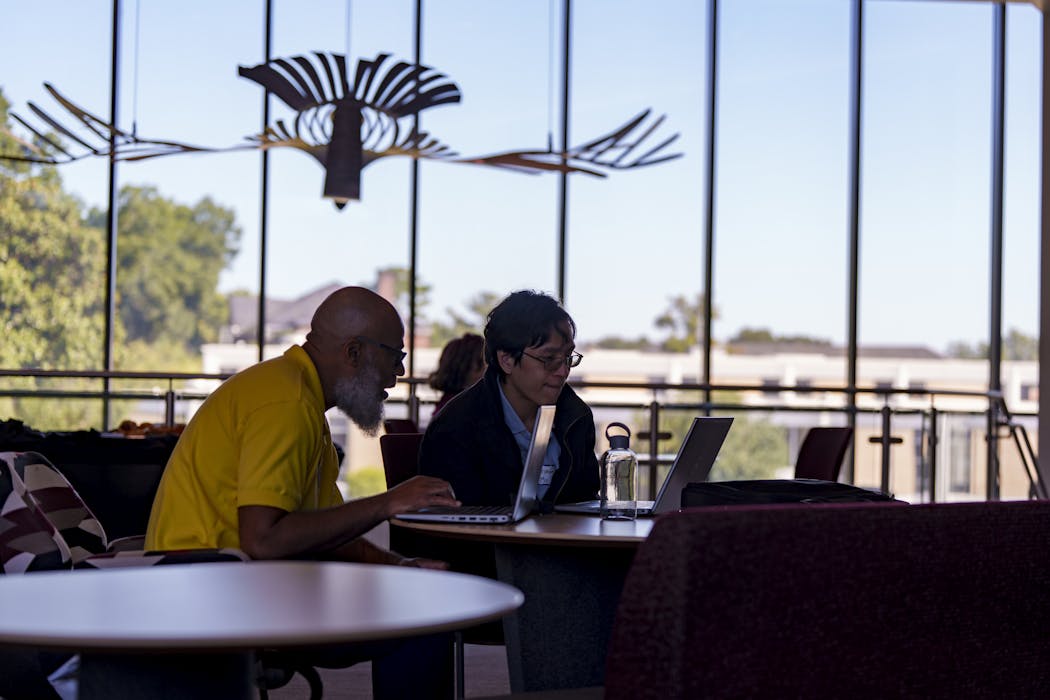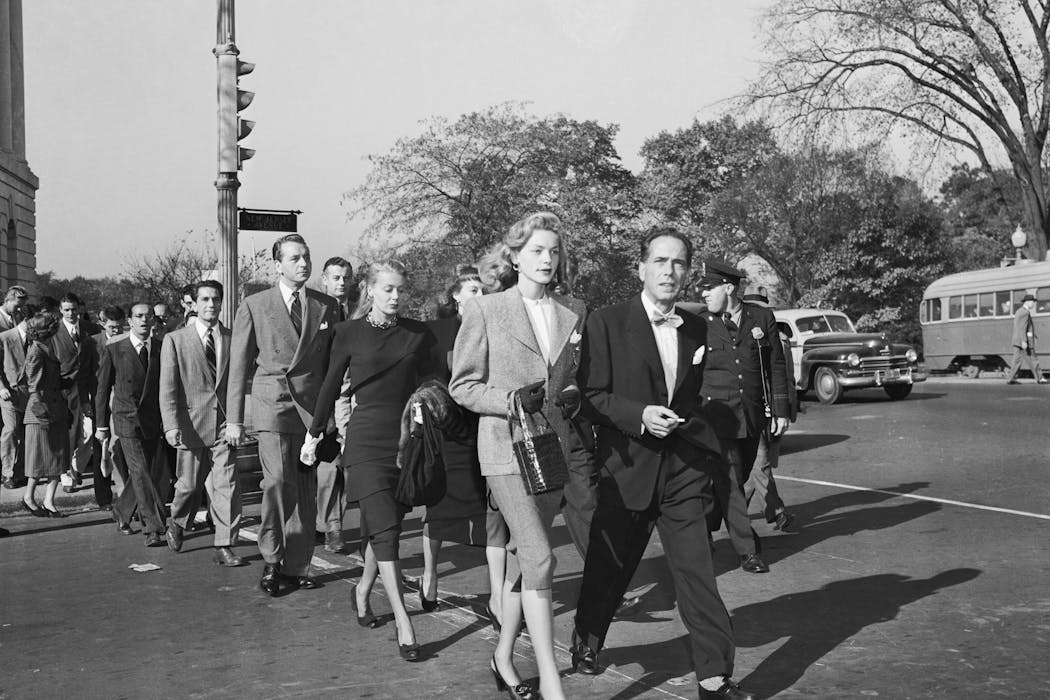Achieving the so-called “Australian dream” of home ownership is increasingly difficult for members of younger generations. Census data shows that rates of home ownership have fallen from 64% in 1971 to 50% in 2021 among 30–34-year-olds, and from 50% to 36% for 25–29-year-olds.
The reasons for this have been well canvassed in this housing series. This article focuses on some of the more unorthodox arrangements I have come across in my years spent researching young adults’ pathways into home ownership.


Petsitting or housesitting can help people live rent-free while they save for a deposit.
Nicolas Armer/picture alliance via Getty Images
Genevieve, aged 29, had migrated from France and did not have the option of living with family while saving for a deposit. So she decided to start house sitting. She organised her house-sitting engagements through an app and, over time, developed a network of home owners who trusted her to care for their pets and houses while they travelled.
After just over two years of house sitting, Genevieve was able to purchase an apartment. However, she described negotiating her house-sitting arrangements as “basically a part-time job”, and reflected on the fact she had no fixed address during this time and was “basically homeless”, highlighting the underlying precarity of her living situation.
Throughout my time researching young adults’ pathways into home ownership I have come across a range of unusual or unorthodox arrangements. Some other examples include living in tiny homes or alternative dwellings such as shipping containers, or asking parents to “invest” in their homes (although these arrangements are rarely formalised, leaving open the question of when any gains might be realised).
These home ownership strategies all share two things in common: their viability is highly contingent on individual circumstances, and those who engage in them successfully have a relatively high degree of privilege and social support.
While these strategies are successful for some, they are not necessarily possible or appropriate for most aspiring first home owners. This highlights the need to resist promoting individual solutions to a challenge that is structural in nature, and to continue to advocate for a fairer and more accessible housing system.
Editor’s note: All names used in this article are pseudonyms to protect research participant privacy.
Disclaimer: This article provides general information only and does not take into account your personal objectives, financial situation, or needs. It is not intended as financial advice. All investments carry risk.

















